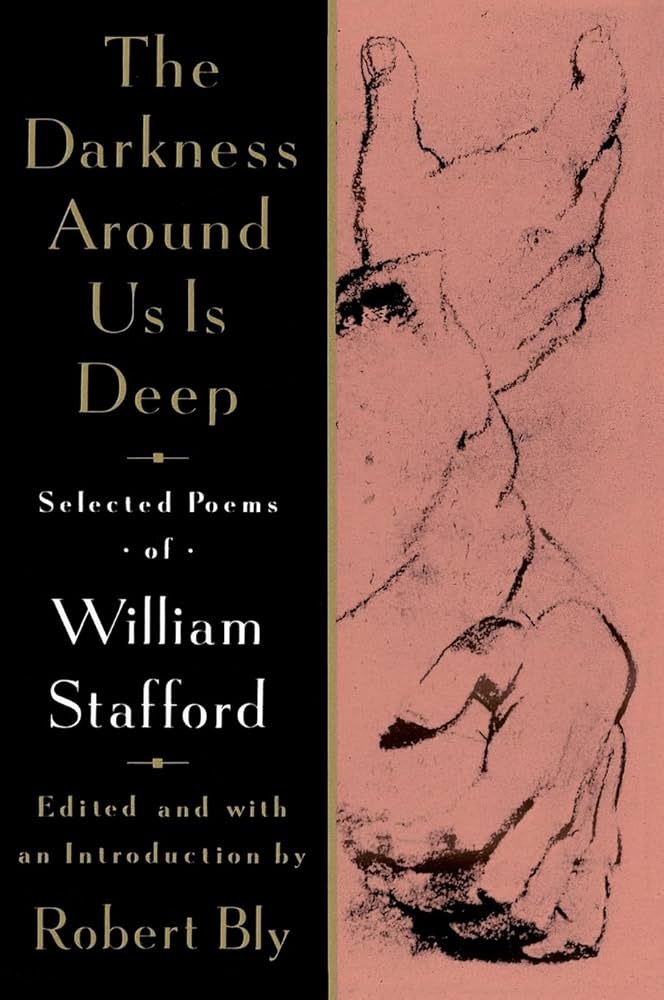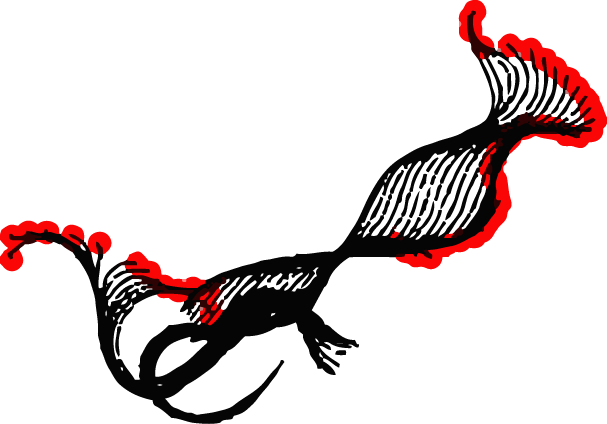When I was working on my phd dissertation, the first draft of chapter 1 got way up in the clouds. It was during a time where I was reflecting on myself and my journey over the past 12 years of research, and I was feeling rather spiritual.
Here’s a snippet from my original Chapter 1, the intro, which captures the vibe I was going for. Ultimately it was not the right fit but there were some pretty ideas that I’ll probably explore more in the near future.
Introduction
What was the first thought? How deterministic are brains? How do you measure cognition? How do we achieve a deeper level of understanding of the brain? How does a brain work? These are examples of questions which I have had the privilege of probing during graduate school. These questions have no reasonable answers, but taking them seriously has directly motivated and inspired the past several years of the life and, by extension, this dissertation. My outlook on biology, human intelligence, and how to advance the bleeding edge of knowledge is forever tied to the freedom I have felt over the past several years, by allowing my curiosity to guide me week after week.
In this dissertation I collect my contributions to science that I’ve made during graduate school. One key insight I have learned in my scientific training is just how satisfying it can be to sit on a question for long periods of time, to wrestle with it from different angles and positions, to see how new intuition grows out of dozens of seemingly insignificant shifts in perspective or approach. Dozens of times over the past several years, I’ve felt like I had a satisfactory solution to a problem yet still found deeper and more clear insight and meaning by continuing to wrestle.
Therefore, to contextualize the later chapters in which present my graduate degree research in technical terms, I would like to outline my salient experiences and concepts which seem most directly related. Consider a garden, with crops grown from seeds that were nourished with water drawn from a well. If my published research papers and funded grants are the harvested crops, and my hard work and ideas constitute the water, then I would like to devote this chapter to describing the stones from which the well was built.
In this first chapter I will (a) introduce the broad motivating questions that led to this work, with an emphasis on how my personal background enabled my core research curiosities. Next I (b) discuss selection of experimental model organism, then (c) summarize specific research articles where were highly influential to this work. Finally I will (d) narrate the project in a chronological manner, which, as is often the case, diverges substantially from the finished story. This highlights the specific challenges we faced, technological and conceptual, and the leverageable insight which let the work pivot and reconfigure into its eventual final form.
The second chapter is my principal manuscript from my graduate school research. It encapsulates experiments, theory, and technology which I conducted and developed to advance our understanding of how the brain of the small roundworm Caenorhabditis elegans produces behavior. Specifically, this research marks the first report of working memory in worms. Moreover, the working memory appears to be implemented by the phasic interaction of two oscillators for motor control. I speculate that this internalization of motor output for cognitive function represents a foundational step forward in the evolution of cognition.
In the third chapter, I detail four notable methods contributions I made to the research community; two open source software packages for closed-loop real-time microscopy control, one software package for a data management system, and one standardized dataset for training machine learning algorithms.
Finally in the fourth chapter I detail various pilot projects and ideas that ended up on the cutting room floor.
The Golden Thread

My first high school teacher to recognize that I was interested in academics, even before I knew it myself, gave me a book of poems by William Stafford named The Darkness Around Us Is Deep. This was an angsty, vulnerable time and my life, and these poems gave me a sense of abstract direction, meaning, and purpose which by no exaggeration have led me to where I am today. This book begins with a foreword by Robert Bly where he describes the key insight salient in Stafford’s poetry: the golden thread. What is the golden thread? As Bly puts it, “whenever you set a detail down in language, it becomes the end of a thread…and every detail will lead you to amazing riches.” The same golden thread described by William Blake in 1804:
I give you the end of a golden string;
Only wind it into a ball,
It will lead you in at Heaven’s gate,
Built in Jerusalem’s wall
And again the same golden thread is later discussed in William Stafford’s The Way It Is, the epigraph for this dissertation. The golden thread is the exquisite, delicate line of language which makes a written moment alive and memorable. To me, the thread is some abstraction of fate, purpose, inspiration, and authenticity. To a neuroscientist that golden thread may be the “just right” associations which written language can evoke, tapping into shared human experiences. To Stafford, in Views on the Author’s Vocation (1986) he writes that “Any little impulse is accepted and enhanced….The stance to take, reading or writing is neutral, ready, susceptible to now….Only the golden string knows where it is going, and the role for a writer or reader is one of following, not imposing.” A thread is to be followed, with great care.
I think this notion of “following the thread” will be very familiar to an experienced scientist. In seminars, speaking with peers, and in my own experience there is a special place for research that go through twists and turns, ending up far from where you expect it to. It’s also one of the highest compliments you can receive as a scientist; that a PI or a lab or a project does a good job “following the science” carries many positive connotations; “following the science” is data-driven, and unhindered by a priori bias. It invokes a feeling of serendipity, of whimsical curiosity. It’s honest. It’s entertaining and defined by surprise. Its brave, and unafraid of uncertainty. These are excellent virtues to aspire to, but I think there’s more there.
The thread may be the concise but intuitive description of a key experiment. Or it can be the broader theoretical umbrella of a whole research project. Stafford further writes, that “It would be too much to say that art, the practice of it, will establish a “good,” a serene, a superior self. No. But art will, if pursued for itself and not for adventitious reasons, or by spurious ways, bring into sustained realization the self most centrally yours”. Here staying ahold of the thread and following it takes new meaning, not for the content but for the author.
I’ve had this experience dozens of times in graduate school but never elsewhere in my life: after weeks to months working on a problem I’ve exhausted all possibilities and come to a satisfactory solution. Yet after encouragement from my graduate advisor to simply keep digging, I somehow find more; maybe a simpler way of communicating the problem, or more persuasive for a conclusion. I find my own golden thread which gives me understanding and helps me express it to others.
The golden thread is also about the path, from end to end. What has made graduate school so rewarding for me is the feeling that I searched and searched and until I found my golden thread, then I pulled on that thread, as gently as I could, for longer than I ever thought I should. As Bly concludes, “Whether we stay close to the known voice or stretch toward a new voice, whether we come down on the side of aggression or quietism, rebellion or service, we take actions as we follow the thread—or, more accurately, as we follow the thread we immerse ourselves in a flood of action.” To call the experiences in my life during graduate school a flood would be an understatement. I have been wholeheartedly immersed, and it has brought me closer to myself, and I’m very proud of that.
